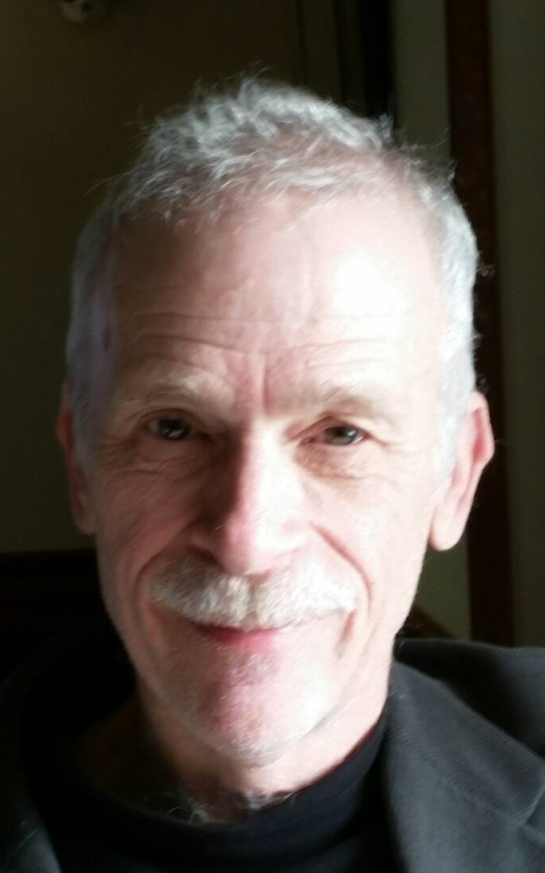Web Site Top Page
A. Charles Muller
Professor, Faculty of Education, Musashino University
 Originally from Long Island, New York, I am a
Professor Emeritus of the Graduate School of Humanities and Sociology at the University of Tokyo. I moved to UTokyo in 2008, after spending the previous fourteen years at Tōyō Gakuen University (also located in Tokyo). I received my PhD from the Department of Comparative Literature at SUNY Stony Brook in 1993, where my main advisor was Sung Bae Park, a specialist in Korean Buddhism.
Originally from Long Island, New York, I am a
Professor Emeritus of the Graduate School of Humanities and Sociology at the University of Tokyo. I moved to UTokyo in 2008, after spending the previous fourteen years at Tōyō Gakuen University (also located in Tokyo). I received my PhD from the Department of Comparative Literature at SUNY Stony Brook in 1993, where my main advisor was Sung Bae Park, a specialist in Korean Buddhism.
Research
My main field of research is Buddhism, but I am also a student of the broader area of East Asian philosophy and religion (i.e., Buddhism, Confucianism, and Daoism). During graduate school and the first few years after finishing my doctorate, I worked primarily with Korean Seon Buddhism, concentrating on the works of the late-Goryeo monk Gihwa 己和 (1376–1433). For more than a decade starting from 1997, my work focused on the writings of the Silla scholar-monk Wonhyo 元曉 (617–686). This constituted a journey that ended up leading me deeply into the study of Yogācāra and Tathāgatagarbha thought, and the role of the "two hindrances" soteriological model in Mahāyāna Buddhism. During 2010–2015, my main project was an investigation of the topic of "views" (i.e., worldviews, mindsets, opinions, etc., Skt. dṛṣṭi; Ch. 見)—taking Buddhism as a point of departure, entering into related approaches found in Western epistemology, psychology, political and cognitive science. In connection with this, I also investigated the meaning and role of faith 信 in Mahāyāna Buddhism. I have recently returned to working on a topic that I was working on earlier in my career: the origins, permutations, and applications of the essence-function (Ch. ti-yong 體用) paradigm in the three traditions of Buddhism, Confucianism, and Daoism. But also during this time, I have been translating and publishing many other works. [For those who are interested, a longer autobiographical essay is available as part of H-Buddhism's Generations of Buddhist Studies Project]
Translation
I have been, throughout my career, deeply involved in the work of translating classical East Asian works for the Western audience. I have published a number of works into English, both in book form and on the Internet, which are listed on my publications page. My most recent translation project is that of the famous Japanese classical Yogācāra textbook, the Kanjin kakumu shō 觀心覺夢鈔 (Examining the Mind, Awakening from a Dream). Having recently submitted that manuscript, I am now translating the Sanlun xuanyi 三論玄義 (Profound Doctrine of the Three Treatises, by Jizang). Furthermore, as publications chairman of the BDK sutra translation project, I am also overseeing the translation of the East Asian Buddhist scriptures by numerous other translators. I have done full or partial translations of all of the basic Confucian and Daoist classics, also available on this site.
Web Resources
I have been, since the birth of the WWWeb, quite taken with the possibilities inherent in the digital domain for the development of and sharing of information related to the area East Asian religious/philosophical thought, with this present web site being one of the earliest to appear in the field of Asian Studies research, and one of the very few to survive and grow for over more than two decades. The exciting challenges and opportunities that have opened up for our generation have stimulated me to initiate a number of digital-web projects, most important of which are the Digital
Dictionary of Buddhism and Chinese/Japanese/Korean/Vietnamese-English Dictionary, as well as the rest of the glossaries, indexes, translations, and other guides contained on this site. I am also the founder and long-time editor of H-Buddhism, a network for communication among academic specialists in Buddhist studies. In 2012, I initiated the H-Buddhism Zotero Bibliography Project, which, at the time of the present writing, contains 10,700 items.
Hobbies
I'm an avid fan of the movies, eating at good restaurants in Tokyo, walking, and bike riding. On a more serious level, I practiced Karate (Nihon Karate Kyōkai) at a high level of intensity from the age of 16 up to around 58, with occasional forays into other martial art forms as such as Taiji quan and Aikidō. Around 2012, with worsening knees and stiffening hips, I moved over to ballroom dancing (Standard and Latin), in which I am now crazy about!
Charles Muller
Last modified: (2024-03-30 07:58:16 UTC)
 Originally from Long Island, New York, I am a
Professor Emeritus of the Graduate School of Humanities and Sociology at the University of Tokyo. I moved to UTokyo in 2008, after spending the previous fourteen years at Tōyō Gakuen University (also located in Tokyo). I received my PhD from the Department of Comparative Literature at SUNY Stony Brook in 1993, where my main advisor was Sung Bae Park, a specialist in Korean Buddhism.
Originally from Long Island, New York, I am a
Professor Emeritus of the Graduate School of Humanities and Sociology at the University of Tokyo. I moved to UTokyo in 2008, after spending the previous fourteen years at Tōyō Gakuen University (also located in Tokyo). I received my PhD from the Department of Comparative Literature at SUNY Stony Brook in 1993, where my main advisor was Sung Bae Park, a specialist in Korean Buddhism.